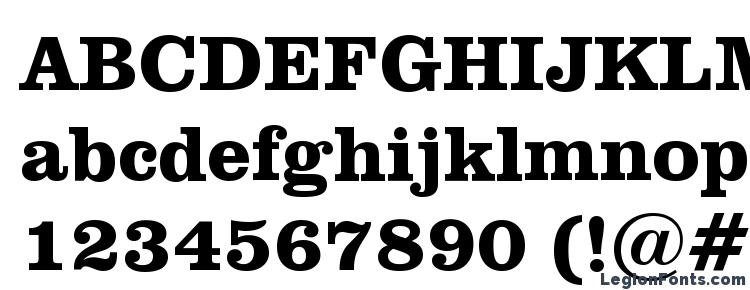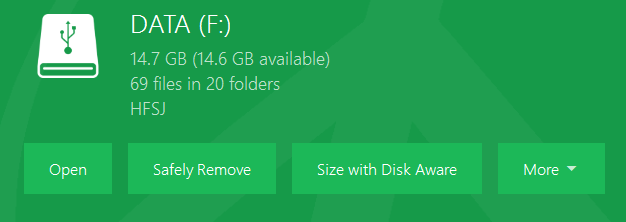
- #Mac harddrive file viewer for pc mac os x
- #Mac harddrive file viewer for pc driver
- #Mac harddrive file viewer for pc software
- #Mac harddrive file viewer for pc Pc
#Mac harddrive file viewer for pc software
Windows PCs won’t normally read that without an additional software driver, such as Erik Larsson’s HFSExplorer or the DiskInternals Linux Reader. Meanwhile, your external hard drive is probably formatted in a version of Apple’s Hierarchical File System (HFS). If your Mac still refuses to recognise it, you can tell it to initialise the drive as an MS-DOS disk (ie FAT32). You should then be able to copy files to it with your Mac. However, if both of you want to read and write to this particular EHD, I suggest reformatting it in exFAT while it’s still empty. If he right-clicks on the 4TB drive and selects Properties from the drop-down menu, the Properties sheet will have an entry for “File System” that will usually be NTFS or FAT32. All the PC’s drives will be shown in the right-hand pane. Your dad can check the format of his 4TB EHD by running Windows Explorer and selecting Computer in the left-hand pane.
#Mac harddrive file viewer for pc mac os x
Apple added read-only support for NTFS in 2003 with Mac OS X 10.3 (Panther) and many Mac users need it for running Windows under Boot Camp.
#Mac harddrive file viewer for pc Pc
Mac to PC file transfer using an ethernet cableĮven if the 4TB drive has been formatted in Windows’ NTFS (New Technology File System) format, then your Mac should still be able to read it, though it won’t be able to write to it. Apple already supported FAT32 and it added support for exFAT in Mac OS X 10.6.5 (Snow Leopard) and later versions of OS X. All updated versions of Windows XP and later versions of Windows support both FAT32 and exFAT. If your dad’s new 4TB EHD (external hard drive) has been formatted in FAT32 or exFAT, then both his PC and your Mac should be able to read it. Hard drives will have to double in size another seven times to reach that. In theory, this can handle drives up to 64 zettabytes, though 512TB is the recommended maximum. However, hard drives keep getting bigger - now they are typically 500GB to 4TB - and in 2006, Microsoft released a new extended version, exFAT. In 1996, Microsoft introduced FAT32 to handle much larger hard drives, and FAT32 is still in common use. When DOS was born, popular hard drives only had 5MB or 10MB of storage space, which you could fill today with a single animated GIF. Most operating systems can read files in these old formats.

They tend to use a version of Microsoft’s FAT file format, which dates back to the MS DOS (or IBM PC DOS) operating system used by the IBM PC in 1981. Macs and Windows machines do have their own preferred file formats for internal hard drives, but external hard drives don’t always ship with these pre-installed. The hard drives should not be a problem, unless your computers are very old. However, my Mac doesn’t recognise his hard drive, and his PC won’t recognise my hard drive. I bought a 4TB hard drive for my dad, and thought it would be easy to copy the files over so he could use them on his PC.

Refer to the following message from Ubuntu's mailing list if you want to learn more.I have a Mac and an external hard drive that includes some important family files.
#Mac harddrive file viewer for pc driver
Warning: The driver descriptor says the physical block size is 2048 bytes, but Linux says it is 512 bytes.Īll these warnings are safe to ignore, and your drive should be able to boot without any problems. Try making a fresh table, and using Parted's rescue feature to recover partitions. Is this a GPT partition table? Both the primary and backup GPT tables are corrupt. Or perhaps you deleted the GPT table, and are now using an msdos partition table. Perhaps it was corrupted - possibly by a program that doesn't understand GPT partition tables. However, it does not have a valid fake msdos partition table, as it should. dev/xxx contains GPT signatures, indicating that it has a GPT table. Ubuntu images (and potentially some other related GNU/Linux distributions) have a peculiar format that allows the image to boot without any further modification from both CDs and USB drives.Ī consequence of this enhancement is that some programs, like parted get confused about the drive's format and partition table, printing warnings such as:


 0 kommentar(er)
0 kommentar(er)
